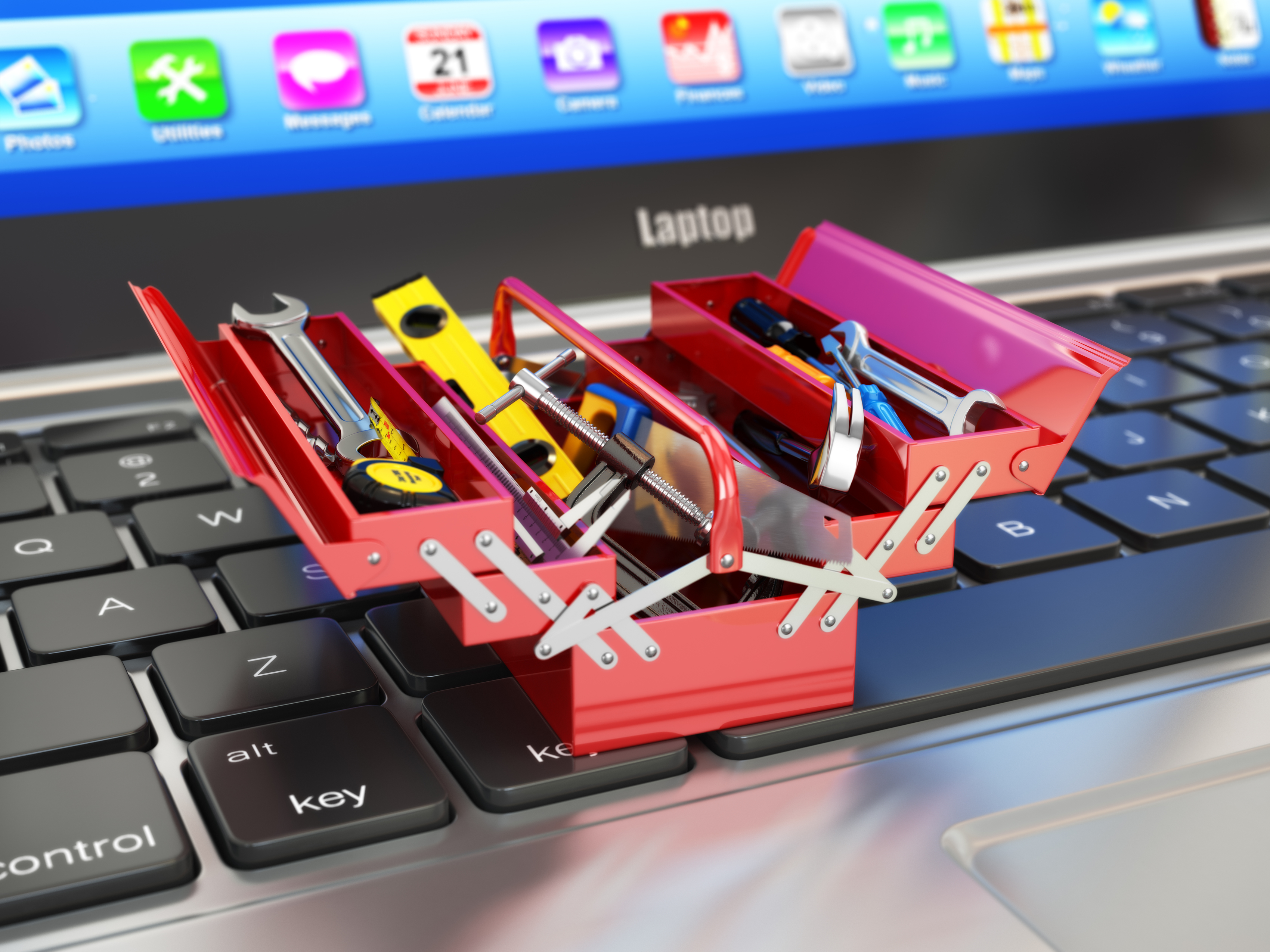If you run a small company – or even if you’re a self-employed one-man business – then deciding how to pay for computer services isn’t always easy. Do you hire someone in-house to deal with computer problems? Outsource your computer and IT maintenance to an external contractor or agency such as Digital Fire? Or even take the risk of doing without any ongoing support, and just pay for any necessary computer repairs and maintenance on an ad hoc basis as and when it’s required. You have the power to make your own calls, although many businesses find that managed it services are the most efficient way to deal with all of their computer issues. While outsourcing your computer maintenance you may find that you have computer parts that need to be upgraded. Luckily there are companies similar to Exit Technologies – see https://exittechnologies.com/sell/memory/ – that may be able to help. Sometimes though the simplest way of maintaining your computer or workstation is making sure you have one that works well in your working environment. For example, if you are in a place that has a harsh environment then a normal laptop from PC world won’t last long, you need a specially designed one from somewhere like CKS Global Solutions Ltd to make sure it will work properly for a long time. You might not have realised that, but it is incredibly important to be aware of your working environment before you buy a computer.
If you are in a position where you need to take a DIY approach to sorting out your tech, it may not necessarily be as difficult or daunting as you might think. While there are certain things that are best left to IT professionals, most modern desktop computers and laptops are designed to be user-friendly and easy to maintain. Here are a few DIY computer services tips and tricks to help keep your systems in good working order.
- Viruses and malware. Keeping your computers virus and malware-free is a must and, while professional, enterprise-level firewall, antivirus, and malware protection software is definitely the right solution for many businesses, it’s not always necessary to spend a lot of money to protect your computers. Use online resources such as AV-TEST to evaluate which antivirus suites perform best, and always ensure your AV software and its databases are up to date. The best antivirus programs will also provide broad protection against malware and other nasties, but you may also want to back up your antivirus with dedicated anti-malware software.
- Upgrade your computer memory or hard drive. If your business is using slightly older machines and you’re finding that the memory isn’t quite up to running more up-to-date software packages, then it can be surprisingly easy to upgrade or add RAM. Most computers – including laptops – have a fairly modular design, and buying and installing RAM can be relatively straightforward. Similarly, if your hard drive capacity isn’t up to scratch you might want to swap up for a bigger drive with more storage space. There’s a bit more involved in this, as you’ll have to either reinstall your operating system or transfer it over to the new drive, but there are plenty of step-by-step guides available online. If you have a website for your business, you’ll need to make sure that after your upgrade your system is working and your performance of your site is in still rolling, having some system integration testing done on your software will help you target anything that needs rectifying.
- Reinstall operating systems. If your systems have become bogged down with software, start-up programs, toolbars and other processes that are slowing your computers down to a crawl, then sometimes the best option is to force a clean slate by reinstalling the operating system, effectively resetting Windows back to its factory state. This can be as straightforward as using your original Windows installation disc, or backup discs you might have burned when you first used the computer. Windows 10 users can reset the operating system via Settings > Update & security > Recovery (a similar function is available in Windows 8). Always remember to back up important files before resetting an operating system.
- Get rid of bloatware. Most new computers come preloaded with all manner of software, games, and apps, many of which you don’t need and will never use. Even worse, many of these programs run automatically at start-up, slowing down both your boot time and general system performance. Speed up your computers by either manually checking and uninstalling all unnecessary software, or using a tool such as the PC Decrapifier or SlimComputer.
These DIY computer services tips are all fairly straightforward to implement but can either help to keep your computers running at their best day-to-day, or even resolve slow and problematic systems without paying for expensive computer repairs. For the best results, keep a maintenance schedule that involves regular monitoring of system performance and spring-cleaning to ensure your computers maintain optimum performance.

